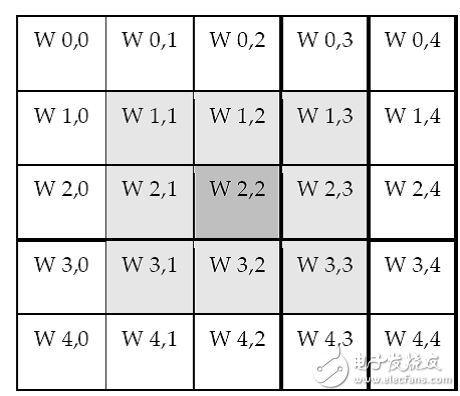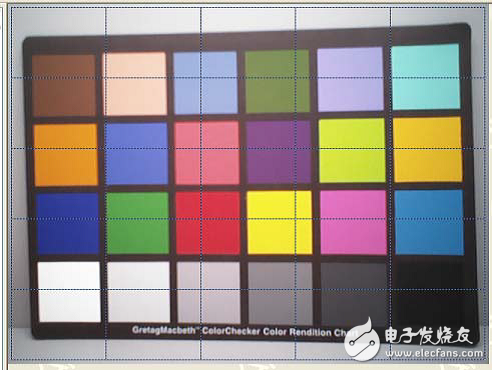Detailed AP0100CS image signal processor
ApTIna's AP0100CS is a powerful image signal processor that combines with its leading low-light CMOS sensor technology to deliver high-resolution CCTV camera solutions. It supports both standard dynamic range (SDR) and wide dynamic range (WDR), making it ideal for demanding surveillance environments. The AP0100CS integrates advanced image processing pipelines, delivering excellent video quality even in low-light conditions. With its Local Tone Mapping (ALTM) technology, the AP0100CS can produce high-quality images under challenging lighting scenarios, such as high contrast scenes.
The AP0100CS also includes an NTSC/PAL encoder with advanced conversion features, ensuring compatibility with traditional analog CCTV systems. This allows Chinese designers to create new camera designs that previously weren't possible—combining the high resolution, low-light performance, and WDR capabilities of high-end IP sensors into an analog-ready platform. This flexibility opens up exciting possibilities for next-generation surveillance cameras.
Auto Exposure (AE) is a key feature of the AP0100CS, designed to optimize scene exposure and reduce clipping or saturation in critical areas. The algorithm uses a microcontroller to analyze image statistics from an exposure measurement engine, which divides the image into 25 windows arranged in a 5x5 grid. Based on this data, the system adjusts exposure time, analog gain, and digital gain to achieve optimal results.


Figure 16: 5 x 5 Grid
The AE Track Driver further enhances performance by rejecting fast illumination fluctuations using time averaging. It also allows users to control the response speed and sensitivity to small brightness changes. While default settings are suitable for most applications, users can customize target brightness, measurement window size, and other parameters to suit specific needs.
To prevent unnecessary adjustments due to minor brightness variations or momentary changes, the driver employs a temporal filter for luma and sets a threshold around the AE target. Changes to AE parameters are only made when the filtered luma exceeds the target step and pushes the value beyond the threshold.
The AP0100CS also features a built-in Auto White Balance (AWB) algorithm that compensates for changes in light spectrum, ensuring accurate color reproduction. The algorithm consists of a measurement engine that analyzes image data and a driver that selects the best color correction matrix and IFP digital gain. Users can adjust base color matrices, set limits on color channel gains, and control the speed of adjustments.
The Sensor Manager firmware component manages exposure and white balance settings across the system. All integration times and gain controls are handled through the Sensor Manager, allowing AE and AWB algorithms to apply necessary changes efficiently.
The AP0100CS supports both auto and manual modes for exposure and white balance. It also works well in multi-camera systems, where one camera acts as the master and others as slaves. The master calculates exposure and white balance, which are then applied simultaneously to all connected cameras under host control.
In Auto Exposure mode, the AE algorithm ensures consistent scene brightness by adjusting exposure settings automatically. Similarly, in Auto White Balance mode, the AWB algorithm determines the scene’s color temperature and applies the appropriate red and blue gains to maintain accurate color representation.
For multi-camera setups, Triggered Auto Exposure and Triggered Auto White Balance modes allow a host system to control multiple cameras at once. One camera operates in triggered-auto mode, calculating exposure and gains, while the host transfers these settings to the other cameras. This ensures synchronized operation across all devices, enhancing system reliability and performance.
Ceramic Disc,Ceramic Disk,Ceramic Discs With Holes,Alumina Ceramic Dis
Yixing Guangming Special Ceramics Co.,Ltd , https://www.yxgmtc.com